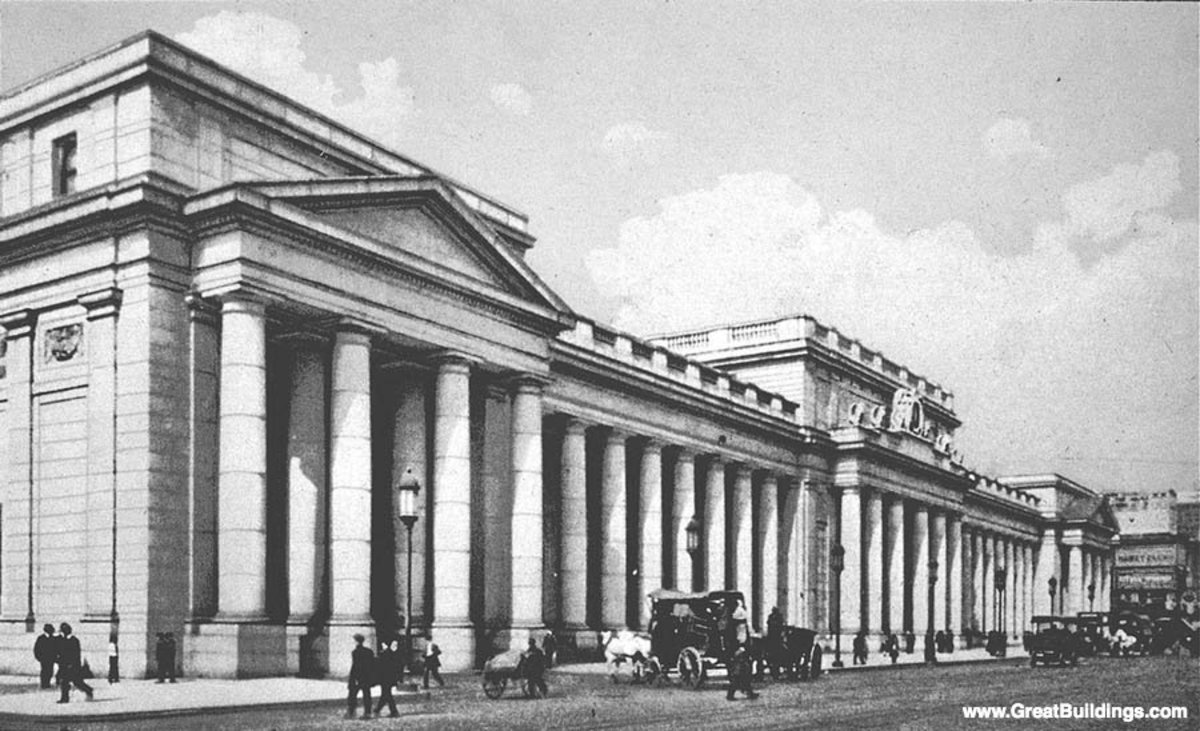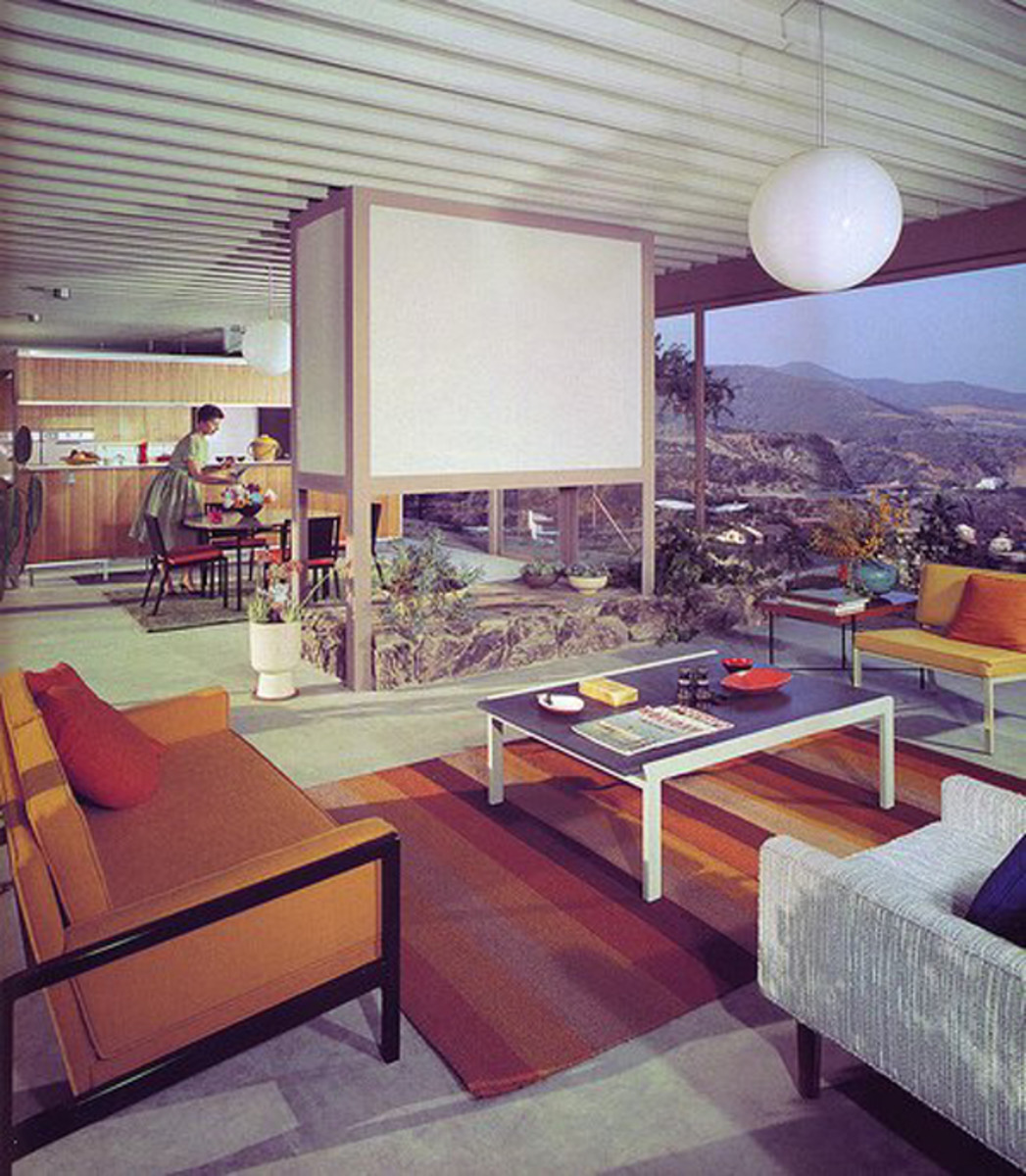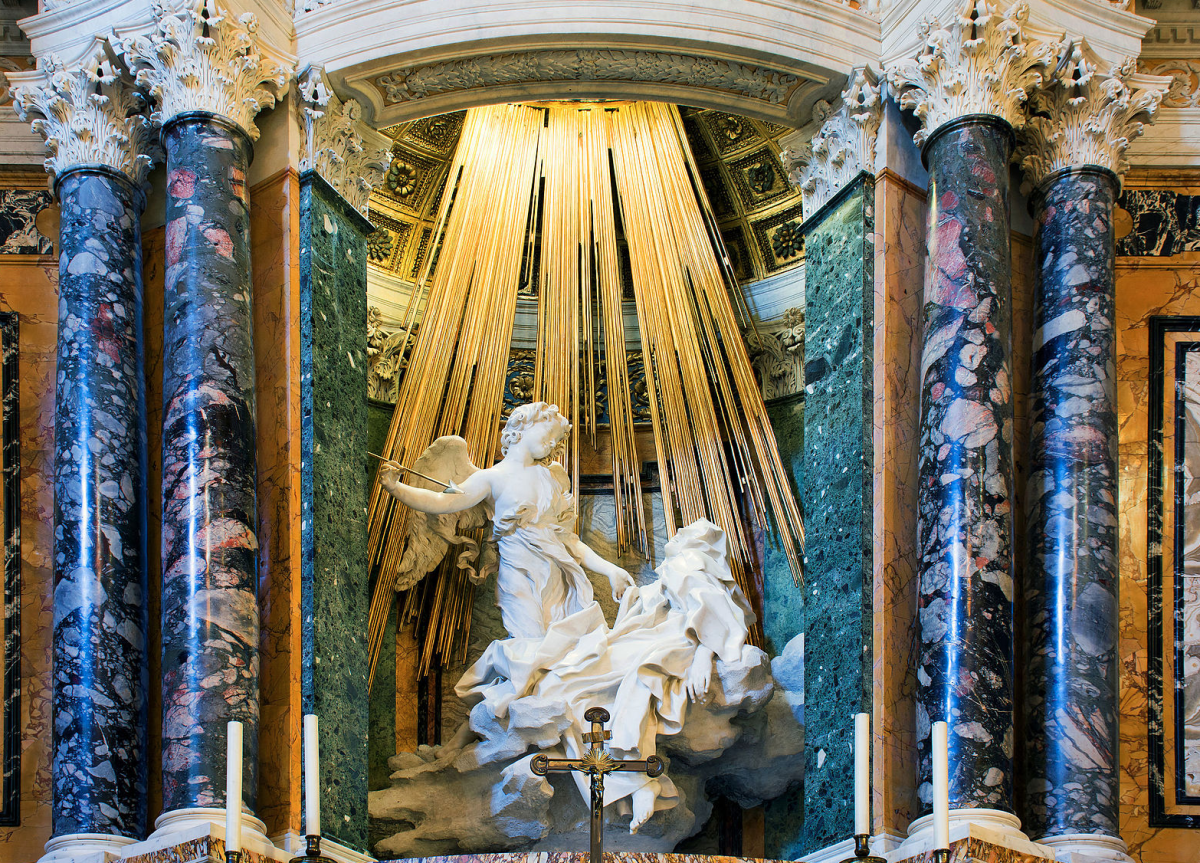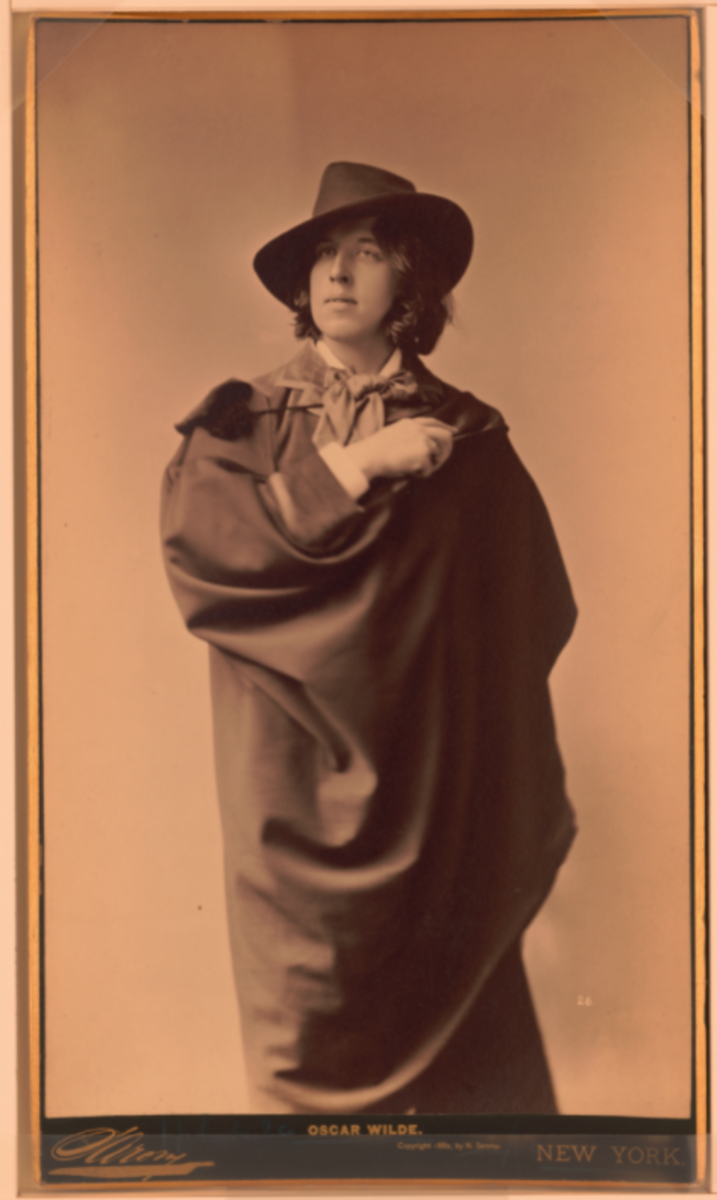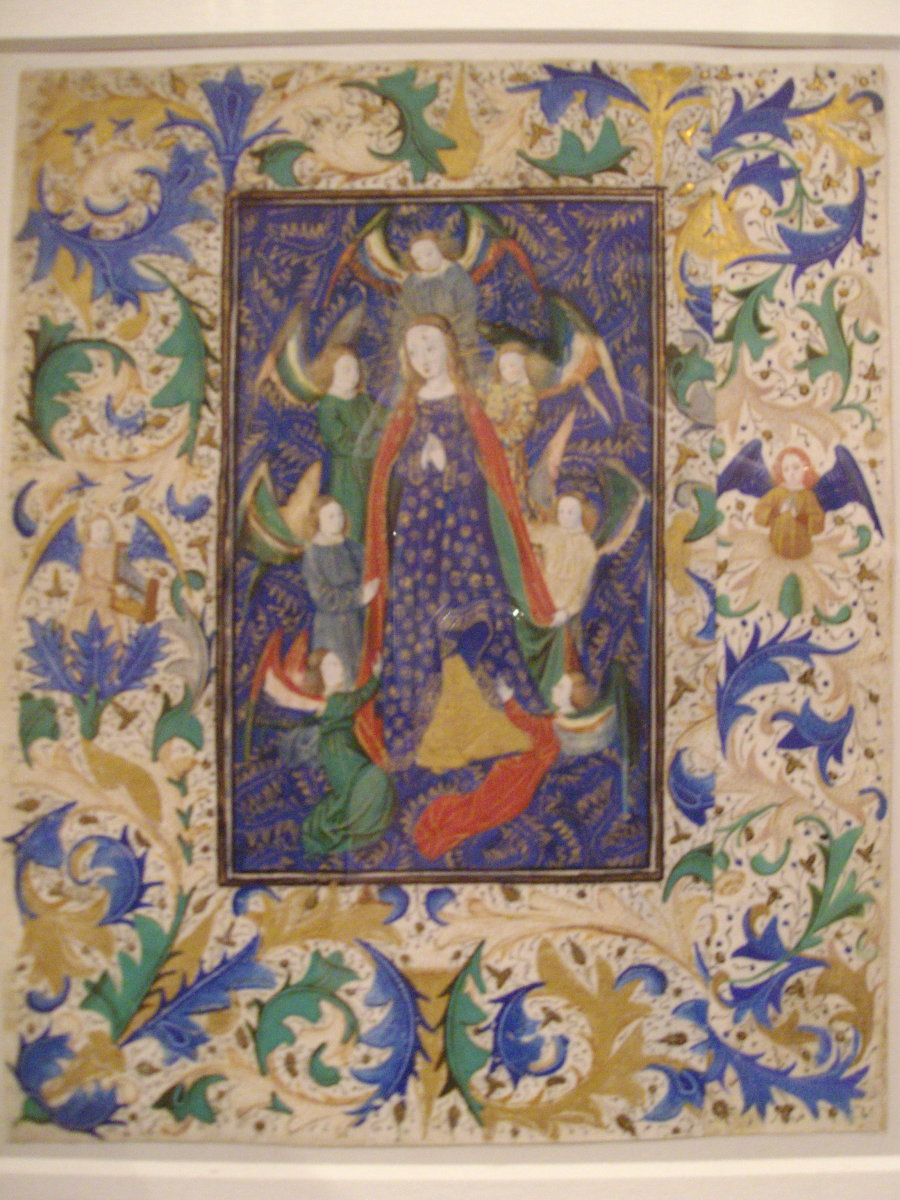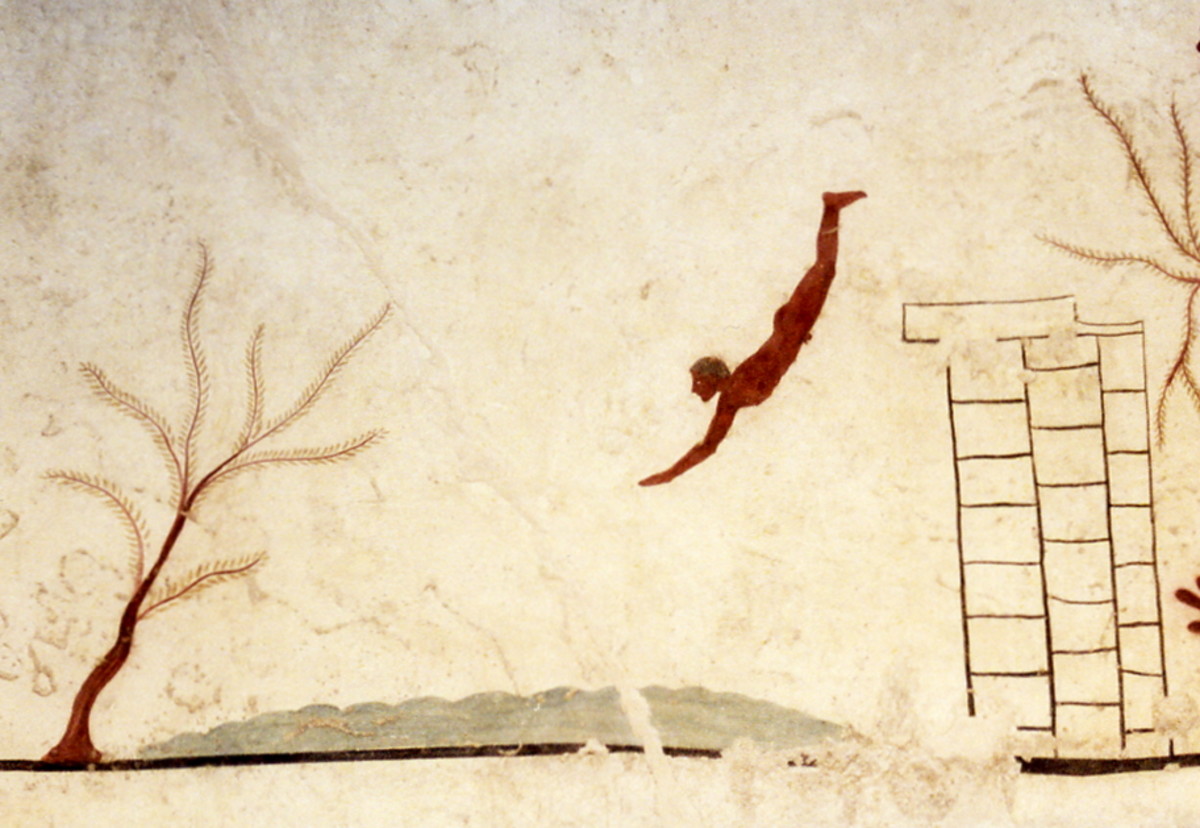Postmodernism as a Theoretic Tradition
Postmodernism as a theory tradition got its start with Robert Venturi's book, Complexity and Contradiction in Modern Architecture (1966). In the theories that gained great influence in the learning institutions and for architecture and design practice, he put the discussion of the problem of form ahead of arguments about technique and function, replacing the slogan of modernism "less is more" with "less is a bore".
Diversity and contradictory
With this he argues for a diversity and contradictory expression where he opens up to the hybrid rather than the pure, and the distorted rather than what was clear. In this, ideas of a hybrid and eclectic form language based on past and contemporary styles and expressions are proclaimed. However, he is not seen as an opponent of modernism; For a house to be a work of art, it had to consist of many layers of opinions; "(...) its space and its elements become readable and workable in several ways at once". Thus, pluralism as a result of tradition and history's earlier stylistic expression can be understood as a quality according to Venturi's teachings.
Humanistic teachings
Venturi's teachings are humanistic and take into consideration the environment and the aesthetic expression's importance for human well-being and such spiritual influence. His thinking can be seen in conjunction with Italian tradition, his association with art history and fascination for the baroque and mannerism after a stay in Rome. He argued that both baroque, mannerism and rococo are examples of forgotten eras and that the architects of modernism threw so much attention at what was peculiar that they had lost touch with what had not changed and which still remained the same. It is claimed here that which parts of the story the architects are concerned with will depend on alternating sensitivity and time, for example. Venturi is considered one of the few architects whose thoughts matched the ideas of pop art, and he is probably believed to be the first architect; "(...) to perceive the usefulness and meaning of their forms".
While Complexity and Contradiction in Architecture is largely about a physical reaction to the nature of forms, Venturi emphasizes in Learning from Las Vegas (1972) pop culture's own aesthetics and diversity as a source of inspiration for architecture and design and the significance of its symbolism and for the social. With this, he shows a linguistic approach to the theme.
Postmodern language theory linked to architecture
Like Venturi, Charles Jencks believed that the puritic architecture and design of modernism was not appropriate for his time in a rapidly changing world. Venturi and Jencks´ books, together with among others, Aldo Rossi contributed to laying a theoretical foundation for understanding the various postmodern directions.
Jencks built on Venturi's tradition and linked postmodern language theory to architecture. He questioned the extent to which architecture could be a language and viewed in the light of semiotics, the importance of architecture and design as signs and symbols. Rossi promoted the idea of the city as "collective memory" and that the city had to be valued and viewed on the basis that it was built over time, and that it was the monuments that gave the city structure.
I would also like to mention the importance of Reyner Banham's contribution to postmodern theory in the context of design history. In the early 1950s, Banham co-founded The Independent Group, which was significant for the change in perception of high and low art, and contributed to the integration of pop culture into the fine arts of modernism.
Presence of the past
The criticism of modernism was later brought together under one manifesto; Presence of the past at the Biennale in Venizia in 1980. This suggested that architecture, by denying history, had lost the opportunity to express key attitudes and values that were important. This is how modernism's attempt to communicate was unsuccessful, and instead promoted a symbolic architecture where architecture tradition could be seen as a historical commodity.
Postmodernism's use of complexity in the desire to communicate included almost always different use of elements that were associated with tradition and local characteristics that gave man a sense of recognition and belonging. The resumption of historical quotes and the use of motifs from contemporary popular culture showed a turning away from functionalism.
Architecture as a character in a communication process
Like Venturi, Jencks saw the form as the primary, but went further than Venturi as he saw the architect act as an imagery through the facade. "The facade bells the most important architectural element, because it was here, the building was read". Jencks defines the pluralistic direction he advocates as "radical eclecticism" and, "(...) the idea that an architect must master several styles and codes of communication and vary these to suit the particular culture for which he is designing."
Jenck's understanding of architecture as a character in a communication process is based on his seeing all languages learned from a conventional understanding of symbolism that cannot be understood without knowledge, that is, without learning. Symbolism and meaning will thus be coded with reference to culture and can be interpreted differently. Jencks divides the characteristic features of postmodernism into three stages; early 70's as pluralistic political, late 70's as eclectic and from 1979 onwards as a postmodern classic "public language". Jenck's classification gives an indication that architecture and design can be the bearer of political messages.
A new sensitivity and openness to art
The thinking that formed the basis for postmodern theory also received important contributions through Susan Sontag, who discusses the new sensitivity in Against Interpretation (1966). Here she discusses the new openness to the art forms that modernism had rejected as "art", for example; "(...): rock, B-movies, comics, pornography.
Avant-gardism and the happening of art were important, but so was the aesthetic of life in culture of drugs."
Deconstructing rules and truths of modernism
Within cultural sociology, Janet Wolff has argued that; "(...) the radical task of postmodernism is to deconstruct apparent thruths, to dismantle dominant ideas and cultural forms, and to engage in the guerilla tactics of undermining closed and hegemonic systems of thought." Thus, with postmodernism, she saw an opportunity to deconstruct the rules and truths of modernism and open up cultural diversity.
The diversity of postmodernism seen as an expression of democratic freedom
Jean-Francois Lyotard claims in The Postmodern Condition: A Report on Knowledge (1979), the hypothesis that the status of society's knowledge has changed with the transition to a time described as post-industrialism and a culture defined as postmodernism. Lyotard shows that the changes will occur at different rates and at different times in relation to country and sector. An example of such a development was Spain's delayed modernism compared to the rest of the modern West at the transition to democracy in the 70s and 80s. In summary, Lyotard argued that the big stories are ending, and that modernism has not given us the definitive truth on the big questions Kant and Hegel advocated. Instead, we have a diversity;
"(...) an open multiplicity of heterogeneous or strictly incommensurable language games, each disposing of its own immanent criteria. (...) we should not presume to judge any such discourse according to the standards, values of truth conditions of any other, but should instead seek to maximize the current range of first-order natural pragmatic narratives."
This implies that the diversity of postmodernism can be seen as an expression of democratic freedom, and that maintaining the rationalism and doctrines of modernism can be seen as an expression of a lack of freedom and doctrines.
References
Woodham, A Dictionary of modern design, page 438, 439, 226, 36.
Lund, Arkitekturteorier siden 1945, page 138 og 141.
Robert Venturi, Complexity and Contradiction in Architecture, (1977), page 13.
Vincent Scully in Robert Venturi, Complexity and Contradiction in Architecture, (1977), page 11-13.
Charles Jencks, The Language of Post-Modern Architecture, (1972), page 7, 62 - 63.
Narotzky, in the article; "Selling the Nation: Identity and Design in the 1980s Catalonia", Design Issues, Volume 25, Nr. 3 (summer 2009), page 66.
Røssak, Det postmoderne og de intellektuelle: Essays og samtaler, (Oslo: Spartakus Forlag AS, (1998), page 18.
http://www.susansontag.com/SusanSontag/index.shtml
Penny Sparke, An Introduction to Design and Culture ( 1900 to the present), Routledge (2006), s. 190.
Jean- Francois Lyotard, The Postmodern Condition: A Report on Knowledge (1984), page 3.
Honderich, The Oxford Companion to Philosophy, (2005), page 548.
© 2019 Gro Kristina Slaatto

